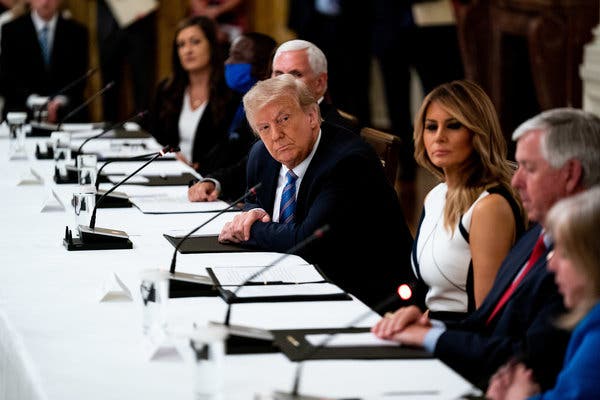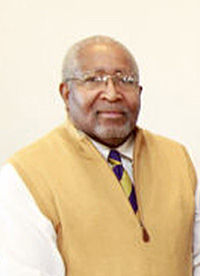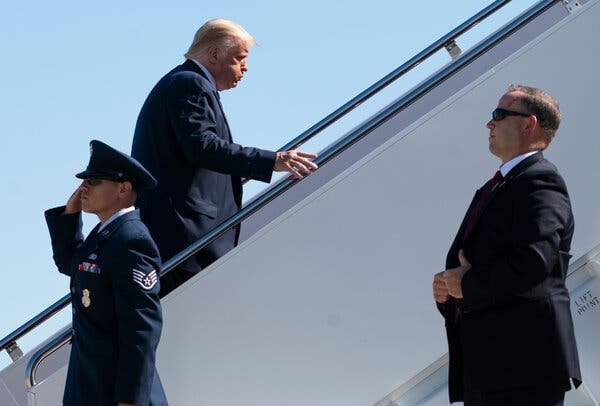Advertisement
President Trump spearheaded an administration-wide push to pry open the nation’s elementary and secondary schools, the next phase of his effort to get the economy on its feet.

WASHINGTON — President Trump demanded on Tuesday that schools reopen physically in the fall, pressing his drive to get the country moving again even as the coronavirus pandemic surged through much of the United States and threatened to overwhelm some health care facilities.
In a daylong series of conference calls and public events at the White House, the president, Education Secretary Betsy DeVos and other senior officials opened a concerted campaign to lean on governors, mayors and others to resume classes in person months after more than 50 million children were abruptly ejected from school buildings in March.
Mr. Trump and his administration argued that the social, psychological and educational costs of keeping children at home any longer would be worse than the virus itself. But they offered no concrete proposals or new financial assistance to states and localities struggling to restructure academic settings, staffs and programs that were never intended to keep children six feet apart or cope with the requirements of combating a virus that has killed more than 130,000 Americans.
“We’re very much going to put pressure on governors and everybody else to open the schools, to get them open,” Mr. Trump said at a forum at the White House. “It’s very important. It’s very important for our country. It’s very important for the well-being of the student and the parents. So we’re going to be putting a lot of pressure on: Open your schools in the fall.”
Education has long been a local issue, controlled by district school boards and state superintendents. Indeed, Mr. Trump campaigned in 2016 against efforts to nationalize education through programs like the Common Core State Standards. So beyond jawboning, it was unclear what power Mr. Trump had to force policymakers’ hands. He stopped short of threatening to withhold federal funding, a potentially effective but risky lever.
Instead, the president used his bully pulpit, which has been influential in steering parts of the country where he has support. Mr. Trump heaped scorn on Harvard University for “closing for the season” this fall. In fact, Harvard said mainly first-year students and some students in special circumstances would be invited to campus in the fall, then seniors would replace them in the spring. “I think it’s ridiculous,” Mr. Trump said. “I think it’s an easy way out, and I think they ought to be ashamed of themselves, if you want to know the truth.”
During an earlier conference call with governors, Ms. DeVos laced into school administrations that have done “next to nothing” to educate students during the pandemic. She also criticized specific districts “playing both paradigms” in planning a hybrid of in-person and online classes for the fall, singling out Fairfax County, Va., a suburb of Washington.
“A couple of hours a week of online school is not OK, and a choice of two days per week in the classroom is not a choice at all,” Ms. DeVos said, according to a recording of the call obtained by The New York Times.
The president’s focus on schools and colleges, freighted with campaign-season politics, came as the United States topped three million coronavirus infections and the vast majority of states were experiencing new spikes. In Florida, more than 40 hospitals reported having no more beds in their adult intensive care units. In Ohio, the governor ordered residents in seven counties to wear masks in public, including those containing Columbus, Cincinnati and Cleveland.
Eager to put the virus in his rearview mirror and focus blame elsewhere, Mr. Trump’s administration on Tuesday announced that it had formally notified the United Nations that the United States would withdraw from the World Health Organization next year in retaliation for its handling of the pandemic. And in a move to pressure colleges and universities that depend on full-tuition-paying international students for income, the administration moved to bar foreign students from returning to the United States if their schools stick with online classes only.




